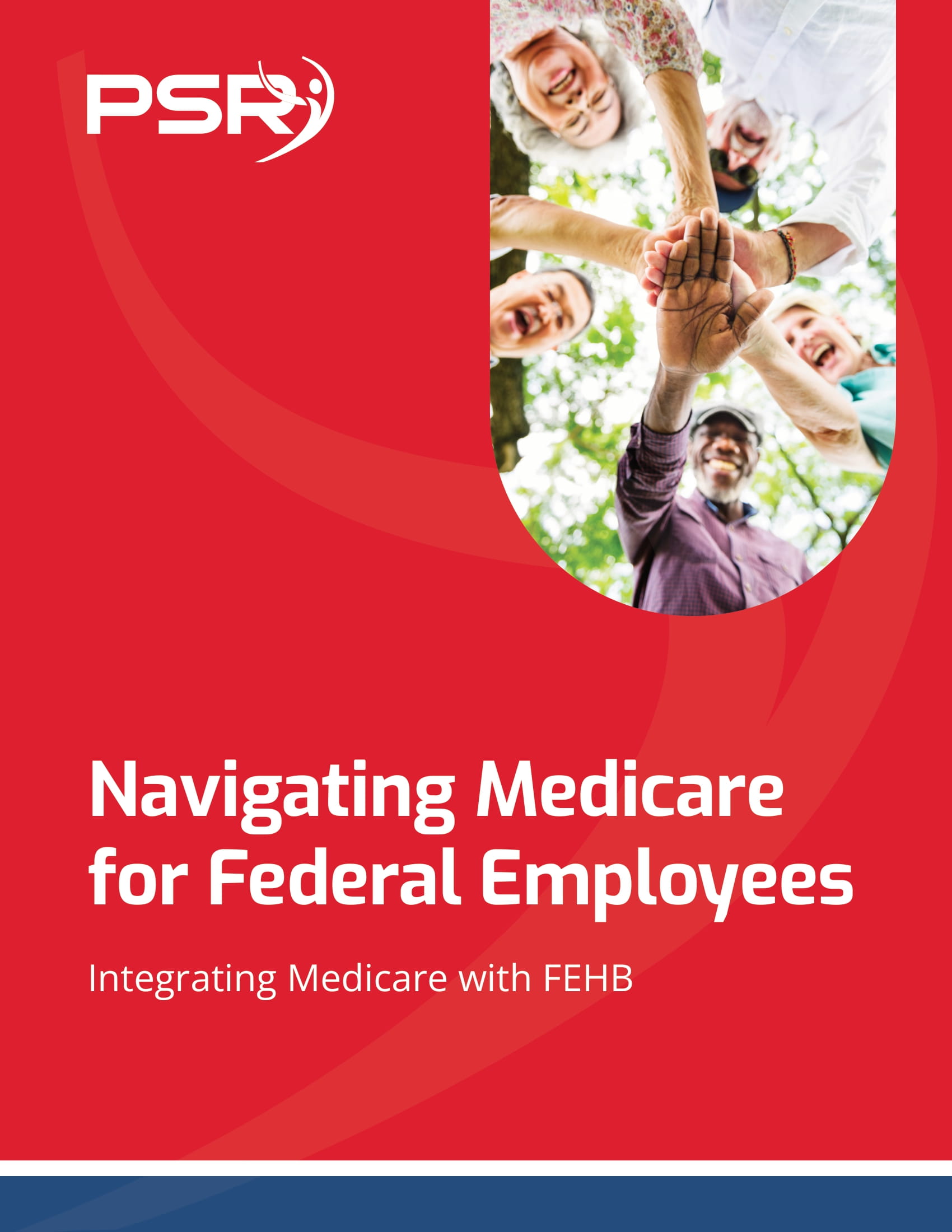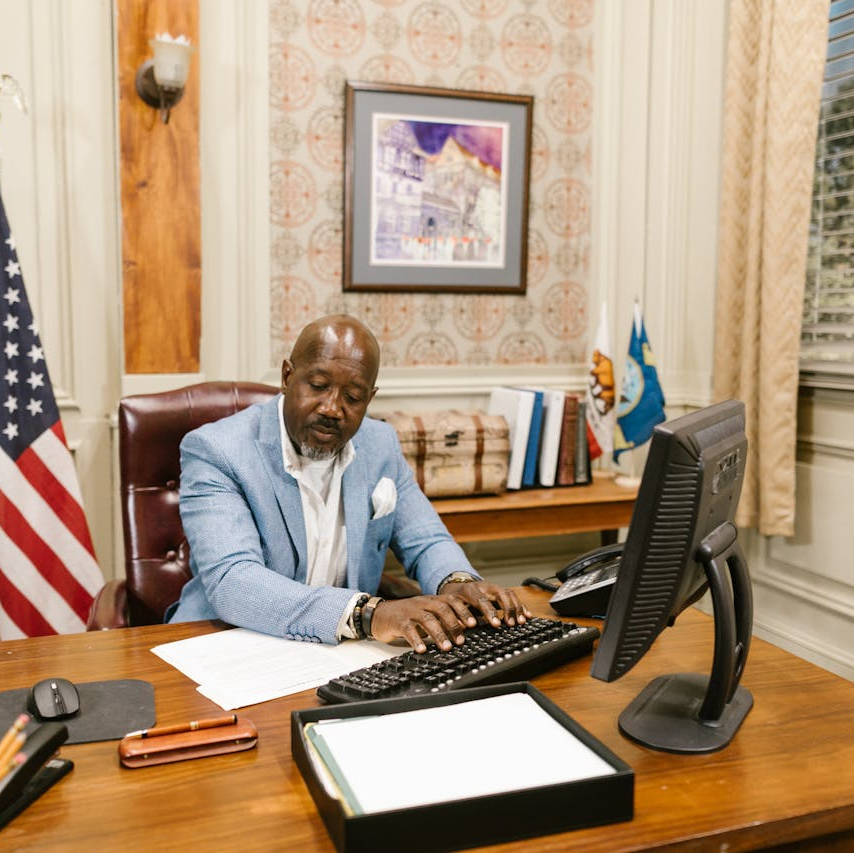Key Takeaways
-
Divorce can drastically alter your survivor benefits under federal retirement systems if you do not take the correct legal steps during the divorce process.
-
Survivor elections must be actively made or reaffirmed after divorce; otherwise, your former spouse or new spouse could lose significant entitlements.
Divorce and Survivor Benefits: Where Federal Employees Face the Biggest Pitfalls
Survivor benefits are one of the most valuable features of your federal retirement package. Yet when divorce enters the picture, protecting those benefits becomes complex and highly technical. If you overlook a critical detail, you could leave your loved ones without the financial protection you intended. Understanding the rules in 2025 is more important than ever.
How Survivor Benefits Work for Federal Employees
- Also Read: How Civilian Employees Can Turn Military Time Into a Bigger FERS Pension
- Also Read: Dropping FEGLI Sounds Smart—Until You Realize What It No Longer Covers After Retirement
- Also Read: Hitting 20 Years in Law Enforcement? Here’s What You Can Expect From Your Pension
-
FERS: Provides up to 50% of your unreduced annuity to a surviving spouse.
-
CSRS: Typically provides 55% of your unreduced annuity.
If you are divorced, your court order must specifically direct survivor benefits, or your former spouse may lose eligibility altogether. Simply “assuming” they will get benefits is a mistake.
Most Common Mistakes Federal Employees Make After Divorce
1. Assuming Divorce Automatically Cancels Prior Survivor Elections
Federal regulations are very strict. A divorce does not automatically revoke a survivor annuity election. You must:
-
File a new election within two years after the divorce.
-
Include court orders that clearly award or cancel the survivor benefit.
Without these steps, the Office of Personnel Management (OPM) could pay the benefit to the wrong person.
2. Not Including Survivor Benefit Provisions in the Divorce Decree
The divorce decree must explicitly state:
-
The former spouse’s entitlement to survivor benefits.
-
The percentage or amount.
-
That it is awarded as a “former spouse survivor annuity.”
General language about “equitable division” of retirement assets is insufficient.
3. Failing to Update Beneficiary Forms
While survivor annuities are determined by court orders, other federal benefits like life insurance (FEGLI) depend solely on your beneficiary designations.
-
You must file updated beneficiary forms after divorce.
-
If you remarry, update them again.
If you don’t, an outdated designation could lead to unintended payouts.
4. Forgetting the Two-Year Deadline for Court Orders
Under FERS and CSRS rules, a court order awarding a former spouse survivor benefit must be submitted to OPM within two years of the divorce.
Miss this window, and your former spouse could be permanently disqualified, even if your divorce decree intended to protect them.
5. Overlooking Remarriage Complications
If your former spouse remarries before age 55, their entitlement to a survivor annuity could be voided. However:
-
If the remarriage ends later (through death, divorce, or annulment), eligibility may be restored.
This rule can cause major surprises if not clearly understood.
How Your Retirement Annuity Is Affected by Survivor Elections
When you elect to provide a survivor annuity:
-
Your monthly retirement annuity is reduced to pay for the cost.
-
The amount of the reduction depends on the percentage of the survivor benefit.
For example, electing a full FERS survivor benefit typically reduces your annuity by about 10%.
If you fail to elect a survivor benefit when required by court order, OPM may automatically assign it anyway, but it is far safer to take proactive steps.
The Special Rules for Post-Retirement Divorces
If you divorce after retirement, additional rules apply:
-
You can only elect a survivor annuity for a former spouse if a “post-retirement election” is made within two years after the divorce.
-
If you remarry, you can elect a survivor annuity for a new spouse, but you must pay a deposit for coverage.
Costs can escalate if not handled properly.
FEHB Coverage and Divorce: Don’t Assume Automatic Continuation
Federal Employees Health Benefits (FEHB) coverage is another critical issue. Upon divorce:
-
Former spouses lose coverage unless they are awarded continued FEHB under a “Spouse Equity Act” provision.
-
They must apply for Temporary Continuation of Coverage (TCC) within 60 days after divorce.
Without taking action, former spouses will not be covered.
The Importance of Court Orders Acceptable for Processing (COAPs)
A “Court Order Acceptable for Processing” (COAP) is the official document OPM requires to enforce division of federal retirement benefits.
-
A COAP must meet strict formatting and content requirements.
-
A poorly worded court order can delay or deny benefits.
Federal employees and their attorneys must be extremely careful about ensuring that COAPs are properly prepared.
Survivor Benefit Elections at Retirement: Timing Is Everything
If you are approaching retirement:
-
You must make survivor benefit elections at the time you apply.
-
Divorce agreements should be finalized before retirement if possible.
Changing elections after retirement is limited and often costly.
Cost of Survivor Benefits: What to Expect in 2025
In 2025, the general costs associated with electing survivor benefits remain stable but significant.
-
Electing the maximum survivor benefit typically reduces your FERS annuity by about 10%.
-
Under CSRS, the reduction is around 10% as well.
Failure to plan for these reductions could impact your financial security.
Divorce, Death, and Survivor Benefits Timeline Checklist
Immediately After Divorce:
-
Review your court order for survivor benefit provisions.
-
Submit a certified copy to OPM.
-
Update your FEGLI, TSP, and other beneficiary forms.
-
Notify your agency or retirement office.
Within 60 Days:
-
Former spouse applies for Temporary Continuation of FEHB coverage (if eligible).
Within 2 Years:
-
File necessary elections for post-divorce survivor annuities.
-
Submit all required documentation to OPM.
At Retirement:
-
Make accurate survivor benefit elections based on your final divorce documents.
-
Confirm elections in writing and keep personal copies.
Why Professional Help Matters
Federal retirement and divorce intersect in complicated ways. Survivor benefits are governed by technical rules that are easy to misinterpret.
Working with a licensed professional who understands public sector retirement systems ensures that:
-
Your elections are correct.
-
Court orders are properly drafted.
-
Deadlines are not missed.
-
Your intended beneficiaries are protected.
Mistakes can be irreversible once retirement begins or a former spouse passes away.
Protecting Survivor Benefits: What You Should Focus on Next
Protecting survivor benefits after divorce is not a passive process. It requires active steps, careful documentation, and professional guidance to ensure your loved ones remain protected. If you are recently divorced, planning to retire soon, or unsure whether your survivor benefits are set up correctly, speak with a licensed professional listed on this website to review your situation before it’s too late.









